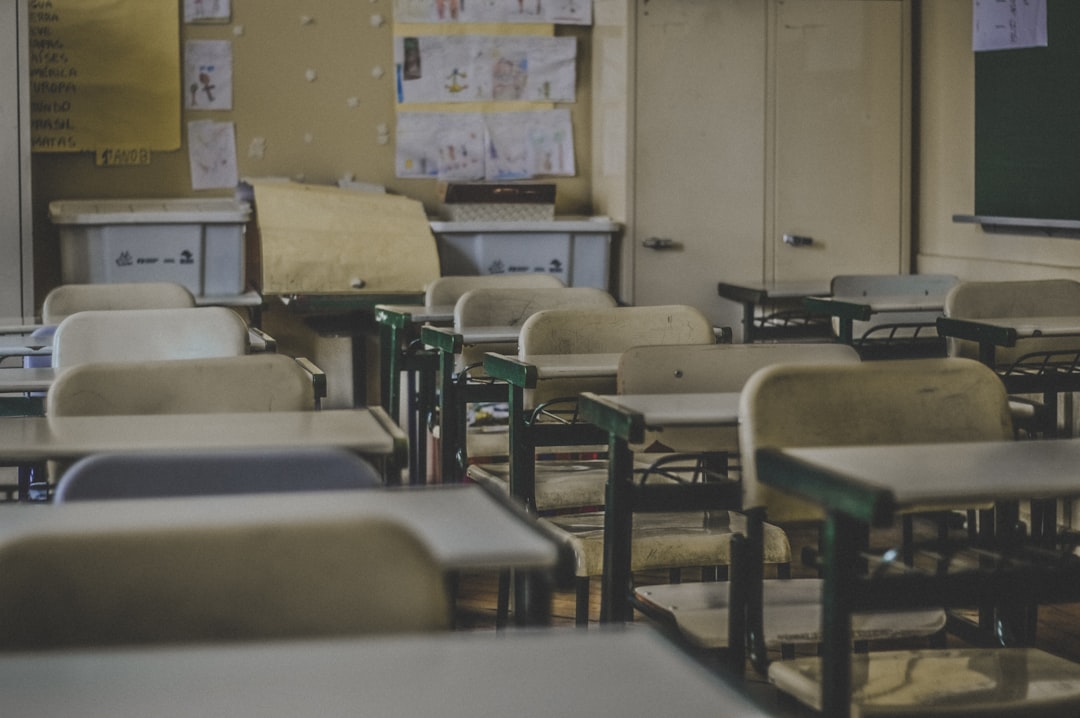Sexual abuse in Pittsburgh schools remains a critical issue, prompting the adoption of surveillance technology as a powerful deterrent and evidence source. Strategically placed cameras, facial recognition software, and data analytics tools create a safer environment, foster accountability, and aid in prompt investigations. School abuse law firms in Pittsburgh PA collaborate with educational institutions to implement these measures while balancing student privacy concerns, ensuring legal compliance, and enhancing trust within the community. This proactive approach significantly improves student safety and builds a culture of prevention and justice.
In Pittsburgh, Pennsylvania, surveillance technology is being leveraged as a tool to combat sexual abuse within schools, sparking both praise and controversy. This comprehensive article delves into the multifaceted issue of school abuse, exploring how advanced monitoring systems are enhancing student safety and community trust. We analyze legal implications, school districts’ responsibilities, and the overall impact on Pittsburgh’s educational landscape, while also examining future prospects for strengthening prevention strategies through innovative technology use.
Key focus areas include insights from local school abuse law firms and experts.
Understanding the Scope of Sexual Abuse in Pittsburgh Schools
Sexual abuse in Pittsburgh schools, like elsewhere, remains a persistent challenge. According to statistics from local school abuse law firms in Pittsburgh, PA, incidents range from inappropriate touching to more severe forms of assault, impacting students’ physical and mental well-being. The scope of the problem necessitates proactive measures to ensure safer learning environments.
Surveillance technology has emerged as a powerful tool in this fight. Cameras, strategically placed throughout schools, act as deterrents and provide evidence for disciplinary actions. This technology, combined with robust reporting systems and staff training, creates a culture of accountability, making it easier for school authorities to address and prevent potential abuse cases.
The Role of Surveillance Technology: An Overview
Surveillance technology has become an increasingly important tool in the fight against sexual abuse, particularly in educational institutions. In Pittsburgh schools, advanced surveillance systems are being implemented to ensure a safer environment for students and prevent any instances of school abuse. These technologies range from security cameras and facial recognition software to advanced data analytics tools that can identify suspicious behavior patterns.
The role of these systems is multifaceted. They not only serve as deterrents against potential abusers but also aid in the swift identification and reporting of any inappropriate conduct or incidents. Pittsburgh PA school abuse law firms often collaborate with educational institutions to implement these surveillance measures, ensuring compliance with legal standards and providing an extra layer of protection for students. By leveraging technology in this manner, schools can create a more transparent and secure learning atmosphere, fostering a sense of safety among students and their guardians.
Legal Implications and School District Responsibilities
In Pittsburgh, as in many areas across the country, the implementation of surveillance technology in schools comes with a range of legal implications and responsibilities for school districts. School abuse law firms in Pittsburgh PA highlight that while these tools can aid in preventing sexual abuse, they must be employed ethically and in compliance with state laws regarding privacy rights and student safety. The primary concern revolves around balancing the need to protect students from harm with preserving their right to privacy.
School districts have a legal obligation to maintain a safe learning environment for all students. Surveillance technology can play a crucial role in achieving this, but it must be used responsibly. This includes obtaining parental consent for certain types of surveillance, especially those involving cameras in classrooms or dormitories. Moreover, the data collected through these technologies should be secured and accessed only by authorized personnel to prevent any misuse or violation of students’ privacy.
Impact on Student Safety and Community Trust
Implementing surveillance technology in Pittsburgh schools has significantly enhanced student safety and fostered a greater sense of trust within the community. With advanced CCTV systems and monitoring software, authorities can proactively prevent and investigate potential cases of sexual abuse, ensuring a more secure learning environment. This technology acts as a powerful deterrent, providing peace of mind to students, parents, and educators alike.
The presence of surveillance cameras encourages a culture of accountability, making it harder for perpetrators to exploit vulnerable individuals. By utilizing real-time data and footage, school administrators and law enforcement can promptly address any suspicious activities or behaviors, ultimately reducing the risk of school abuse. This proactive approach has been instrumental in building a safer Pittsburgh community, where student well-being is prioritized, and justice for victims is served through evidence-based practices.
Future Prospects: Enhancing Prevention Strategies
As surveillance technology continues to evolve, there is immense potential for its application in enhancing prevention strategies against sexual abuse in schools. Advanced AI-powered systems can analyze vast amounts of data and identify patterns indicative of suspicious behavior, allowing for proactive interventions. For instance, facial recognition software can be utilized to monitor access points and detect unknown or unauthorized individuals on school premises, while thermal imaging might help identify unusual gatherings or activities that could suggest potential abuse.
Pittsburgh PA school abuse law firms can play a pivotal role in advocating for the ethical implementation of these technologies. By working closely with educational institutions and policymakers, they can ensure that surveillance measures are used as complementary tools to support teacher training, student education, and robust reporting mechanisms. The future prospects lie in integrating these systems seamlessly into existing safety protocols, empowering school communities, and fostering a culture of vigilance and accountability to protect students from sexual abuse.






